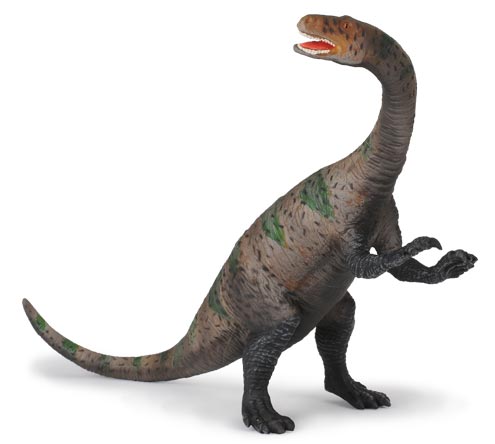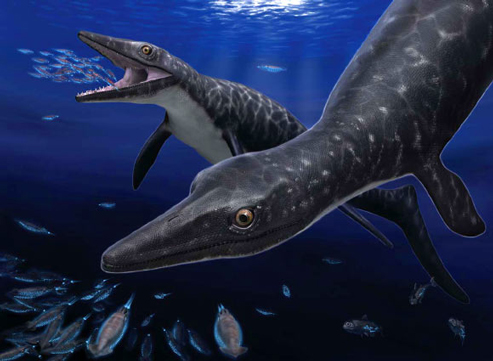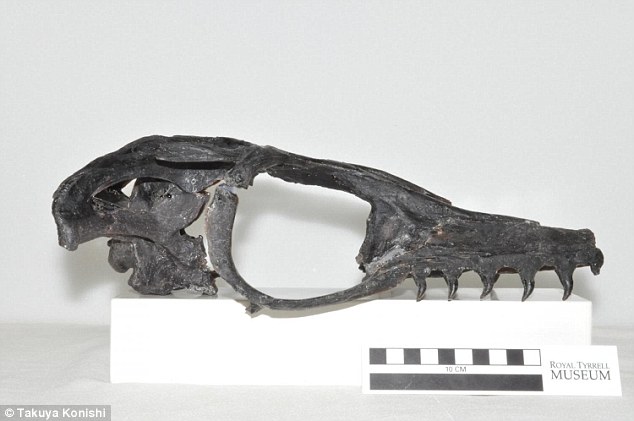Stunning Lufengosaurus Fossils Hold Up New Road
Lower Jurassic Fossils Lead to Chinese Road Hold Ups
Chinese news agencies have released some remarkable photographs showing the preserved remains of two types of Early Jurassic herbivorous dinosaur, whose fossils have been found during a road building project in Yunnan Province (south-western China). The dinosaurs have been identified as two different species within the Lufengosaurus genus, in fact, Lufengosaurus has only two recognised species within the genus, it is quite unusual to find examples of the same genera in such close proximity. These fossils were found less than five hundred metres apart. It is a case of Lufengosaurus fossils holding up road building.
Lufengosaurus Fossils
Once the construction workers had realised that they had stumbled across some dinosaur bones, palaeontologists from the Institute of Vertebrate Palaeontology and Palaeoanthropology (Beijing) were called in and the fossils were carefully excavated. The picture above shows the preserved rear end of Lufengosaurus magus. The hind limbs, dorsal area and the anterior portion of the tail have been preserved in almost perfect articulation. A spokesperson for the Institute of Vertebrate Palaeontology and Palaeoanthropology explained that measurements of the hind limbs and tail bones suggest that this dinosaur would have been around nine metres in length.
Early Jurassic Prosauropods
The Lufengosaurus magus material consists of three sacral vertebrae, rib bones, the pelvis, thirteen dorsal vertebrae, tail bones and the complete hind legs. The other Lufengosaurus material, assigned to the smaller of the two species L. huenei consists of elements of the leg bones, dorsal vertebrae and two tail bones from the anterior end of the tail.
How to Preserve the Fossils?
The Director of the Department for Geological Heritage Protection at the Lufeng Land Resources Bureau stated that a museum might be built over the site to preserve the fossils in situ. This could mean that the road that was being built could end up being diverted.
Lufengosaurus Profile
Although a number of media reports suggest that the fossils are about 180 million years old, team members at Everything Dinosaur suspect that the fossils are at least fifteen million years older. Lufengosaurus was a long-necked, bipedal plant-eating dinosaur with a small head, a large, round body and the hind limbs were bigger, longer and more robust than the forelimbs. Regarded as a prosauropod, debate surrounds this dinosaur as to whether or not it is very closely related to the European prosauropod Plateosaurus. Other writers have suggested that this dinosaur may be more closely related to Massopondylus. CollectA made a very good quality replica of this dinosaur. This was introduced into the “Prehistoric World” range of not to scale models in 2012.
To see the Lufengosaurus model and other replicas in the “Prehistoric World” range: CollectA Prehistoric Life Dinosaur Models.
The CollectA Lufengosaurus Model
Picture credit: Everything Dinosaur
To view the range of prehistoric animal figures and replicas available from Everything Dinosaur: Prehistoric Animal Models and Figures.




